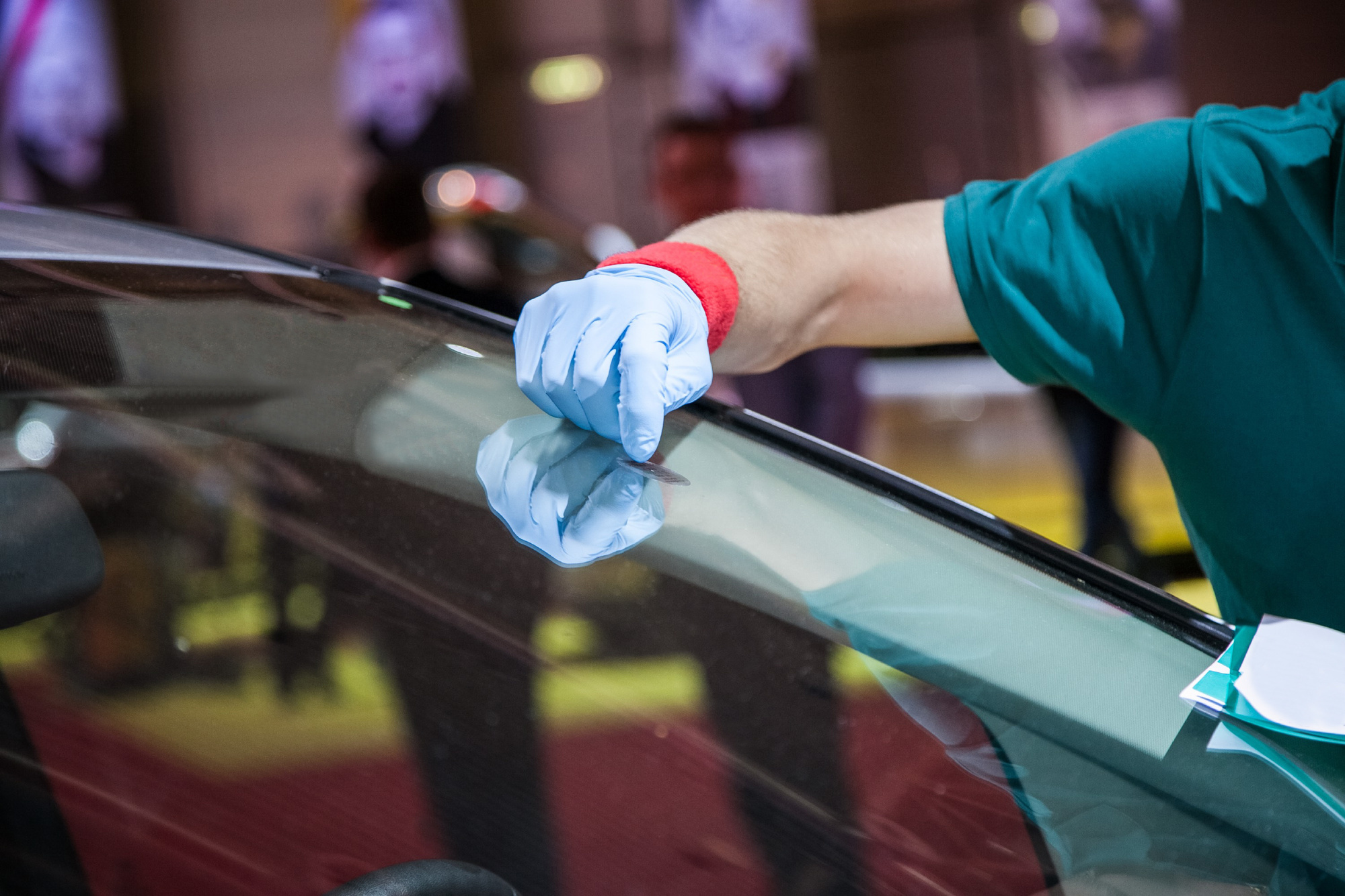A minor chip in your windshield may not seem like a huge deal at first, but neglecting it might result in a pricey repair. Most people are unaware of how quickly a chip can spread, particularly when pressured by temperature fluctuations, road bumps, or even heavy rain. Whether you’re dealing with a chip from flying debris or a stray pebble, getting it fixed swiftly can save you time and money. If you live in Florida—especially in areas where windshield replacement Kissimmee services are frequently sought—you may already know how common these chips are due to variable weather and high traffic.
Why Chips Matter More Than You Think
Chips can compromise the structural integrity of your windshield. It’s more than just appearance; it’s about safety. A little crack can easily expand into a broad line across your entire windshield. Even worse, if you are involved in an accident, a damaged windshield may not provide the necessary protection. Taking action early is always a better option.
Types of Windshield Chips
Chips come in many forms and sizes. The most popular types are the bullseye, star break, and combo break. Bullseye chips have a distinct impact point with a circle surrounding it. Star breaks create small cracks from the center, whereas combination breaks combine the two. Knowing what you’re dealing with allows you to determine whether a quick repair will suffice or a complete replacement is required.
Can You Fix It Yourself?
Yes, many chips can be handled at home with a simple repair kit from an auto parts store. These kits typically come with resin, an injector, and curing strips. The goal is to fill the chip with resin and let it harden so the crack doesn’t spread. It takes about 30–45 minutes, and you’ll need direct sunlight or a UV light to cure the resin.
What You’ll Need to Get Started
A repair kit, a clean windshield, and some patience. Before you start, clean the chipped area thoroughly but gently. Any dirt or moisture can mess up the repair. Use a microfiber cloth and avoid soap with additives. You’ll also need a razor blade to remove excess resin and a needle to dig out loose glass from the chip before you begin injecting the resin.
Step-by-Step Repair Process
Start by positioning the applicator over the chip. Most kits have a suction mount to keep it steady. Next, inject the resin into the chip using the provided syringe or plunger. This pushes resin deep into the crack. After injecting, place a curing strip over the area and let it sit under sunlight for 15–30 minutes. Once the resin cures, peel off the strip and use a razor blade to scrape off any leftover resin for a smooth finish.
Knowing When to Skip the DIY
While at-home fixes work for small chips, not all cracks are DIY-friendly. If the damage is longer than a credit card, right in your line of sight, or goes through both layers of glass, it’s time to call in the pros. Some chips might also be contaminated or too deep to fill properly. In that case, don’t gamble with your safety—get professional help.
The Cost of Fixing a Chip
Fixing a chip is much cheaper than replacing the complete windshield. DIY kits range from $10 to $20, although professional repairs often cost between $50 and $100. Some insurance plans provide chip repairs for free. Always check with your provider before making an out-of-pocket purchase. Waiting too long can convert a $50 job into a $500 replacement.
How Long Does It Last?
A well-done chip repair can last for years. The resin used is designed to bond with the glass permanently. But if you rush through the process or don’t apply the resin correctly, the chip can reopen or even worsen. Taking a little time upfront makes all the difference.
Preventing Future Chips
While you cannot control every flying rock on the road, you can mitigate the risk. Maintain a safe distance from trucks and construction vehicles. Drive carefully on gravel roads and fix any chip as soon as you see it. Also, avoid abrupt temperature changes, such as blasting the AC on a hot windshield, as these can cause minor chips to shatter quickly.
Why Fast Action Matters
Delaying a chip repair gives it time to grow. Heat, cold, or even a minor bump can trigger it. Once a crack forms, you’ve missed the window for a simple fix. Repairing a chip right away isn’t just about cost—it’s about keeping your windshield safe and strong.
Is It Safe to Drive After Repair?
Yes, after the resin has cured, you’re good to go. Simply do not wash the car or expose the windshield to excessive water for at least 24 hours. The resin need a little extra time to properly harden. Aside from that, you’re free to hit the road.
Final Thoughts
Fixing a chip in your windshield is more than just a simple task; it’s a wise decision. It takes less than an hour to complete and saves you money on future repairs. Whether you do it yourself or go to a local windshield professional in Kissimmee, responding quickly keeps your view clear and your automobile secure. Keep a repair kit in your glove box; you never know when you’ll need it.
